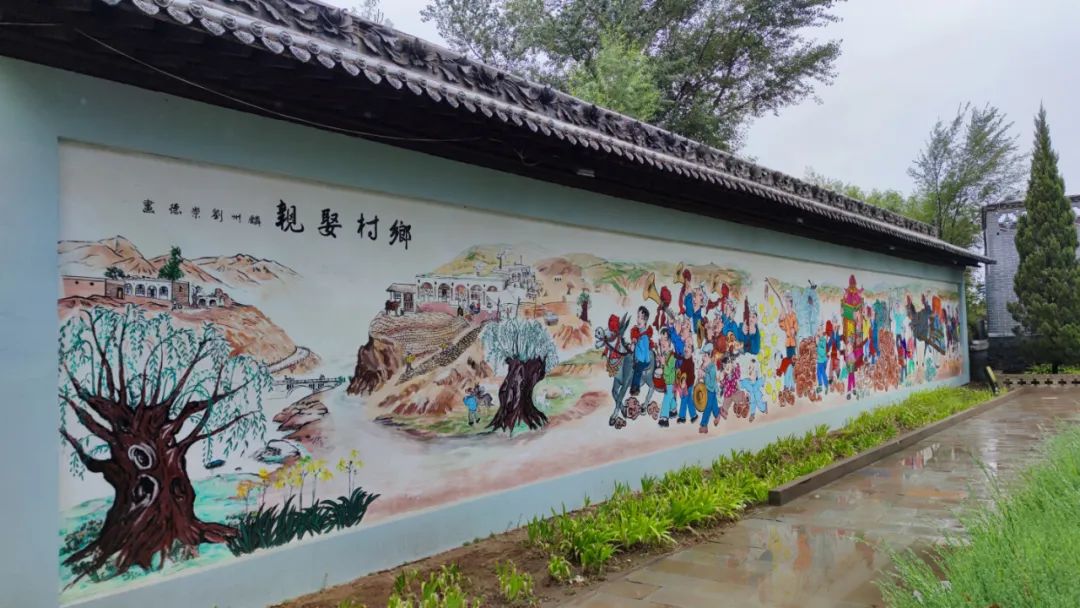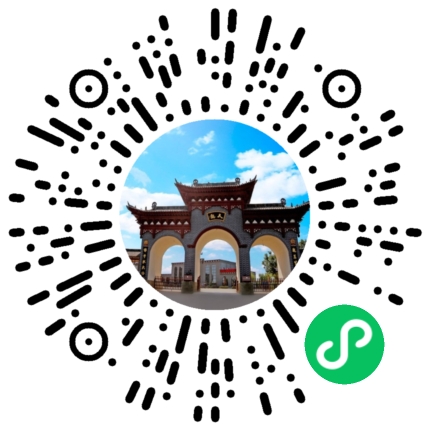Entering the Shaanxi North Folk Museum to Explore the Inheritance of Traditional Culture through Folk Wisdom
No matter how far you go, no matter when, the moon is the brightness of your hometown, and the most memorable thing is homesickness... This may be the singing from the soul and the longing hidden in the heart of every wanderer who leaves their hometown and is far away from their homeland.

&Nbsp& Nbsp& Nbsp; The museum is based on the "Flower Wall Courtyard" in Suide and is built with the traditional "three in and three up" four in one designCourtyard. The land area is1200Square meters, consisting of26Composed of cave dwellings. among25Through a combination of visual display and physical arrangement, as well as a combination of character shaping and scene simulation, the Kong Kiln Cave showcases over a thousand exhibits of spring plowing, summer hoeing, autumn harvest, winter storage, folk wedding customs, folk literature, daily life, and daily necessities of farmers in northern Shaanxi up to the early days of liberation. Sculptures of characters living in northern Shaanxi are also embellished, making it a treasure trove of folk culture and art in northern Shaanxi





Here, you can gather and appreciate the marriage culture, clothing culture, architectural culture, agricultural culture, food culture, language culture, painting culture, filial piety culture, funeral culture, historical culture, coin culture, and more in northern Shaanxi.

On the side wall in front of the museum gate, there is a painting by Liu Chongde, a renowned "Shaanbei Farmer Painting" writer from Shenmu City. This painting, height 2.7Meters, up to25Mi, with the theme of rural marriage, comprehensively reflects the scene of traditional marriage customs in northern Shaanxi.


The agricultural tools used for sowing in ancient times were pulled by livestock and supported by people at the back, which could complete both trenching and planting tasks simultaneously. Plant one or more rows at a time, with a traditional maximum of 5 rows. Its agricultural tool is the predecessor of the current seeder, which uses a plow to sow seeds. Also known as "Goudi". The plow truck can not only complete tasks such as trenching, planting, and soil covering in one go, greatly improving the efficiency of sowing, but also ensuring consistent row spacing, depth, and density, facilitating ventilation, light transmission, and field management after emergence, thereby improving the quality of sowing.


Hedan is a traditional noodle snack of the Han ethnic group, and is one of the most common noodle eating methods in northern China. The traditional method is to use a wooden "bed" made of wood, which is placed on the pot table. The mixed noodles (often used for making buckwheat noodles) are stuffed into the hollow cavity of the bed with eyes. The person sits on the wooden handle of the bed and presses it hard. The buckwheat noodles are directly pressed into the boiling pot. When the water boils, they stir with chopsticks while adding cold water. After rolling twice, they can be pulled out and poured with tofu or meat beforehand Red and white radishes and other prepared "saozi" can be eaten.



Our country's weighing system has a long history. Its origin and standards are recorded differently. According to historical records, the Yellow Emperor established five quantities: degree, quantity, balance, li, and mu; Shun summoned the rulers from all directions to coordinate the years, seasons, tones, and weights of each tribe; Xia Yu used standard ropes as measuring tools for water control, and used his own body length and weight as the standard for length and weight. These legends to a certain extent reflect the embryonic situation of ancient measurement and balance. The true evidence that can be supported by tokens is the inscriptions on bronze artifacts from the Western Zhou Dynasty, which include the characters "Jin Shi Gui", "Si San Gui", and "Jin Shi Yun". Gold is copper, and "寽" and "even" are the names of measurement units. It indicates that there were already means of measuring weight before or at the same time as the emergence of metal currency.


China is one of the earliest countries in the world to use currency. China's currency culture has a history of over 4000 years and holds an important position in the history of world currency.
